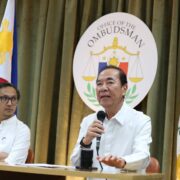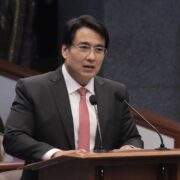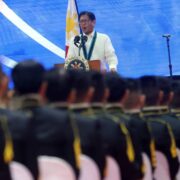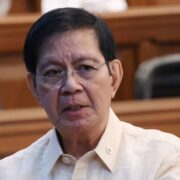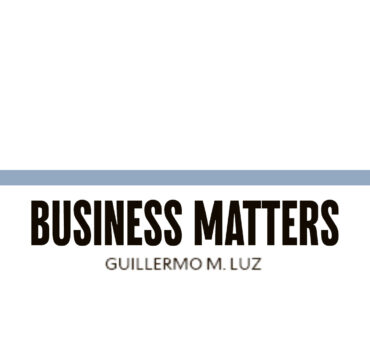The gold standard in AI and reserve currencies
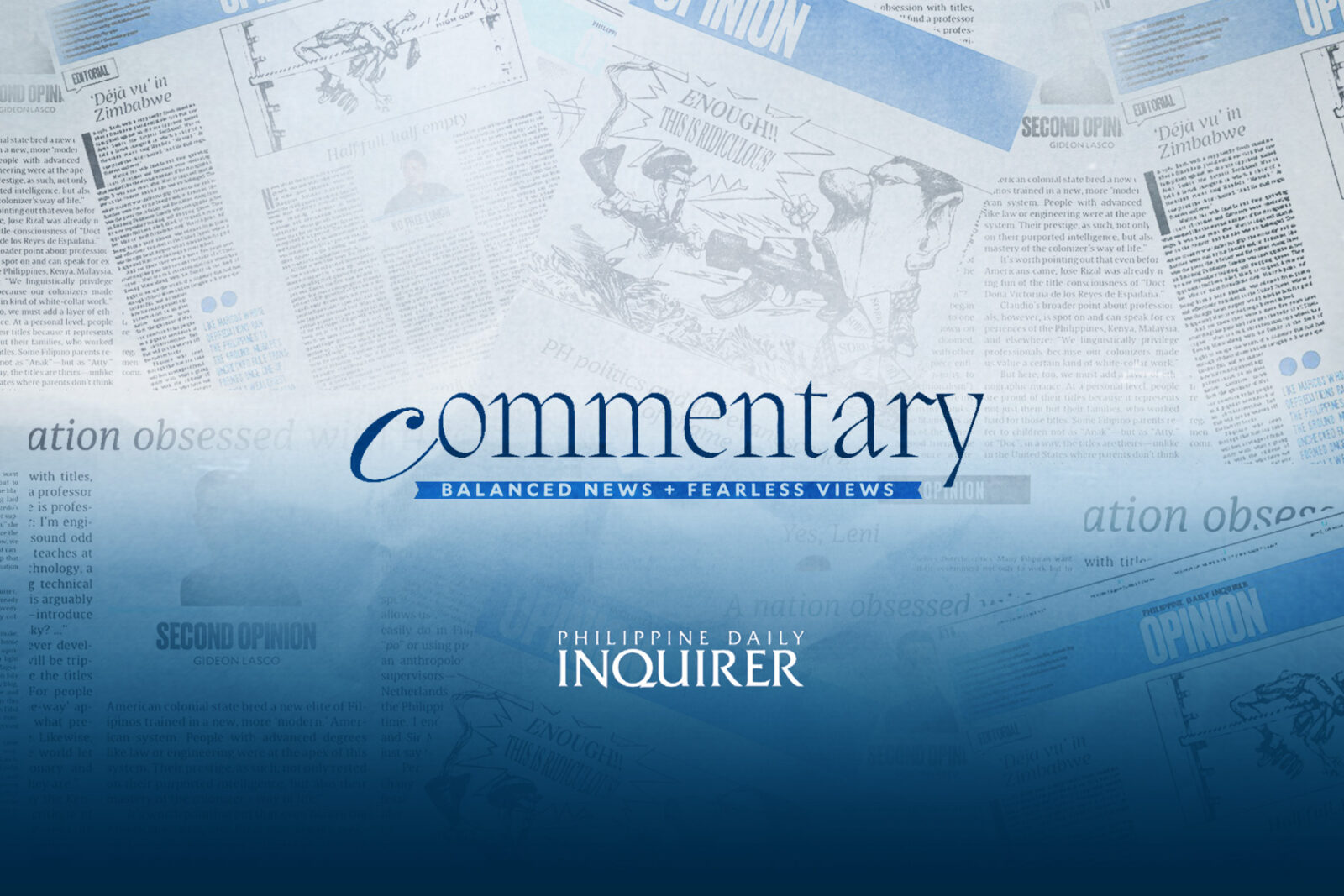
Since the arrival of the Chinese AI tool DeepSeek in January, this month has seen a flurry of conferences on artificial intelligence (AI). At the AI Action Summit in Paris on Feb. 11, 2025, attended by global leaders like European Union President Ursula von der Leyen, French President Emmanuel Macron, and Indian Prime Minister Narendra Modi, United States Vice President JD Vance made four major US policy points on AI.
First, the Trump administration “will ensure that American AI technology continues to be the gold standard worldwide, and we are the partner of choice for other foreign countries and certainly, businesses as they expand their own use of AI.” Second, “we believe that excessive regulation of the AI sector could kill a transformative industry just as it’s taking off.” Namely, the US wants more AI deregulation. Third, ”we feel very strongly that AI must remain free from ideological bias, and that American AI will not be co-opted into a tool for authoritarian censorship.” Fourth, the Trump administration will ”maintain a pro worker growth path for AI.” Trump 2.0 does not fear job losses as AI is seen as a tool for job creation.
The current daily tornado of executive orders and speeches by key American officials on global issues suggest that despite the sound and the fury, the key signal of Trump 2.0 is to transactionally create a fortress America, defended by tariff and migration walls, aiming to achieve the gold standards in energy, AI/technology, military power, and the dollar. Tariffs on Canada and Mexico, claims on Greenland, and ending the war in Ukraine only prove Henry Kissinger’s dictum, “It may be dangerous to be America’s enemy, but to be America’s friend is fatal.”
Veteran gold analyst Alasdair Macleod has argued that recent events in the New York and London gold markets show that the gold price uptick is less about the speculation on gold as a hedge against systemic risks, but more an issue of the devaluation of the dollar standard against gold. The dollar has strengthened against the other reserve currencies as inflation has remained stubbornly higher than the Fed anticipated, so US interest rates are higher than Euro, Japanese, or Chinese interest rates. Central banks like China, Russia, and smaller countries are beginning to buy gold in serious quantities, worried about possible US sanctions on their financial systems for geopolitical reasons.
The US is benchmarking itself against China in different metrics, such as finance, technology, military power, GDP, education, health, and soft power. America will use its energy advantage to power its competitive edge in energy-dependent technology, military-industrial production and eventually be less reliant on China.
As Indian analyst Manoj Joshi shrewdly recognized, the US restrictions and sanctions on technology against China have inadvertently spurred China to accelerate R&D and innovation, allowing it to challenge Western dominance. Chinese overall strategy appears three-pronged: “replicating technologies that are restricted by the West, emphasizing a younger and more productive cohort of their scientists and researchers, and focusing on entirely new technologies where the West does not have the kind of lead that it had.”
Since any change requires some form of use or transformation of energy, we need to recognize in the 21st century that energy, power, finance, technology, and geopolitical power are the same thing. America is the world’s leading fossil fuel nation, being the largest producer of oil and gas. China is energy and resource-starved, but it has concentrated on alternative energies and on electricity generation and batteries to store energy.
China is the emerging electricity-driven tech state, whereas the US remains a fossil fuel-reliant economy, with Chinese electricity production twice that of the US. Even cybercurrency mining is energy-hungry, whilst AI learning models, advanced chip production, and data centers rely on the availability of abundant cheap energy.
An energy-abundant nation can even mine cybercurrency to finance its development. Essentially, a new energy-powered model is emerging to replace the old Bretton Woods “let free markets rule” development model.
So why is the gold standard so critical in understanding money and power? Gold is the sole zero-counterparty money. Credit or fiat money relies on faith that the counterparty (like the US paying off its debt) will never default. But if you print too much money, history shows that sooner or later, the credit bubble will burst.
Trump 2.0 is testing the boundaries of mainstream monetary and fiscal theory. “Drill, baby, drill” may be pricking or blowing the growing credit bubble. We really don’t know. As the dollar note says, “in God we trust.” Asia News Network
—————
Andrew Sheng is Distinguished Fellow of Asia Global Institute, University of Hong Kong, and Chief Adviser to the China Banking Regulatory Commission.
—————
The Philippine Daily Inquirer is a member of the Asia News Network, an alliance of 22 media titles in the region.





